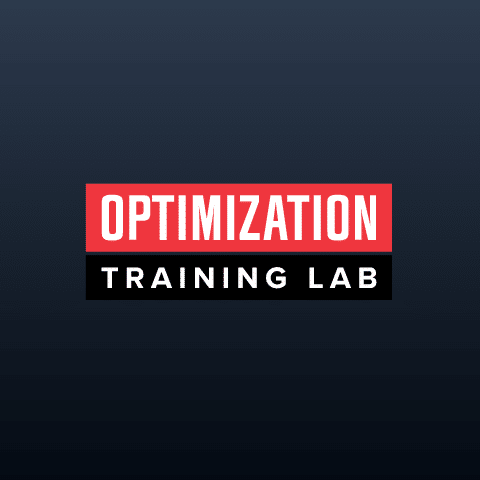We base our recommendations for optimal form and technique during exercise on three key criteria: effectiveness, safety, and efficiency.
Our philosophy and approach to strength training prioritize stimulating the muscles rather than showcasing strength. To achieve this, our technique involves slow and controlled movements to minimize momentum and apply a meaningful load to the muscles. This controlled lifting also reduces the risk of high forces being placed on the tissues that can occur with fast and explosive movements. By lifting in a slow and controlled manner, working towards momentary muscular failure or fatigue, you can achieve gains in a safer and more efficient manner.
We have extensively discussed the purpose and effectiveness of training to momentary muscular failure/fatigue in previous blog posts.
When evaluating exercise from a safety perspective, we first examine the primary mechanisms of injury. The main cause of injury during strength training is related to the force applied to the tissues, including muscles, tendons, ligaments, and bones. There are two primary ways this can happen.
1. Movement speed: It is commonly believed that lifting a heavier weight increases the risk of injury. However, according to simple physics (force = mass x acceleration), the acceleration of the load is equally important in force production as the weight itself. When attempting to move explosively or rapidly change direction, the forces can be quite high. By moving in a slow and controlled manner with smooth transitions, you can avoid excessive forces that may lead to injury. This can be observed through our ARX technology, which provides immediate feedback on force production. Even though we can control the max speed of of movement with ARX , attempting to exert force rapidly versus an intentional ramp up of force results in a significant spike in force production. This applies even to isometric exercises when force is generated rapidly. By gradually increasing effort and maintaining a continuous and smooth exertion of force, you minimize the impact forces associated with acceleration.
2. Positioning: Proper positioning and technique are crucial in every exercise. Placing joints in compromised positions reduces the safe amount of force that can be applied. For example, when performing a leg press, it’s important to maintain a neutral spine. Tilting the pelvis anteriorly puts excessive stress on the lower back instead of the hips, compromising its structure. Additionally, maintaining solid contact and pressure through the ball of the foot, outside of the foot, and heel, while keeping the knees in line with the middle of the foot, ensures proper alignment. Allowing the knees to cave inward compromises the knee structure and puts undue stress on the ligaments.
A fundamental concept to remember in reducing the risk of injury is that the primary objective of exercise is to stimulate the muscles, not just demonstrate strength. Focusing on moving the weight rather than working the muscle often leads to a loss of form and technique.
